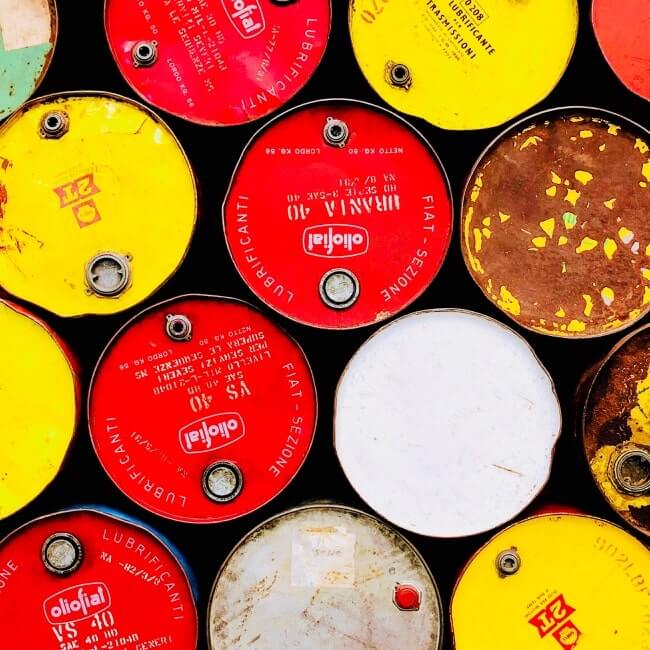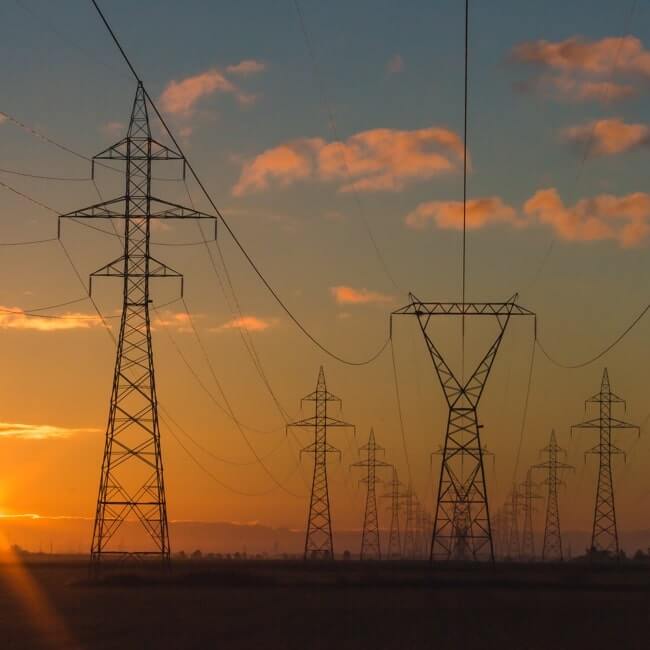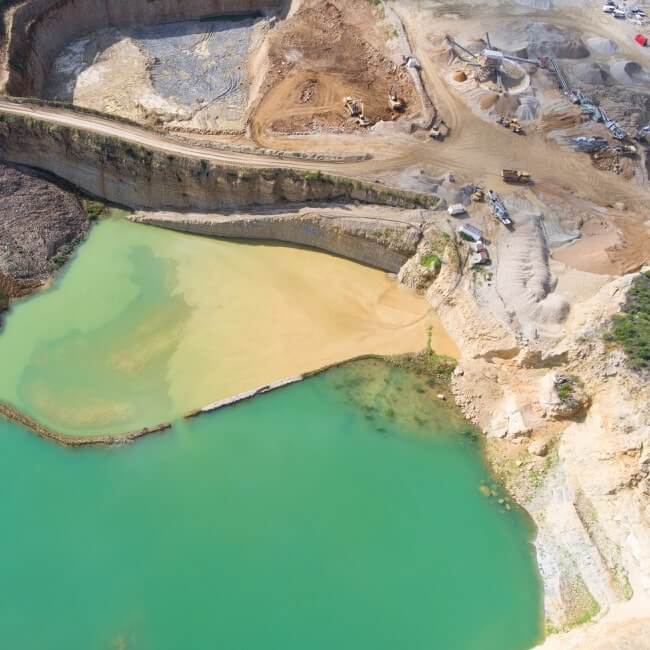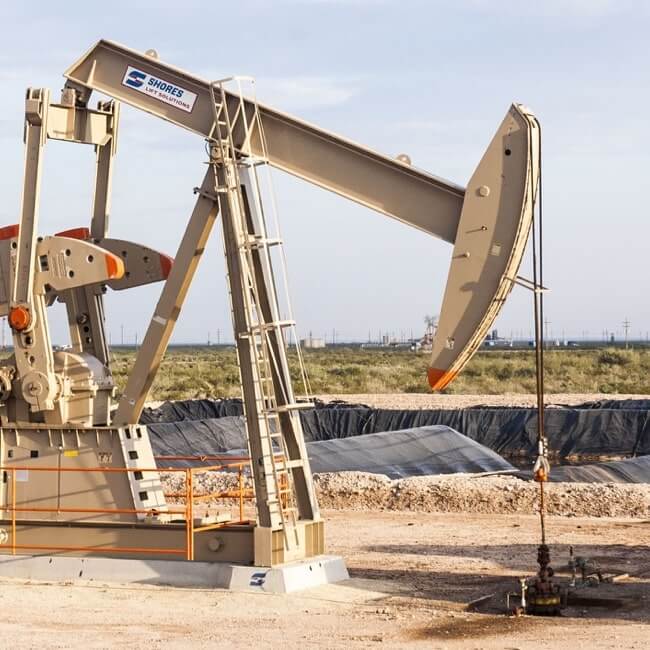Are Chinese infra companies set to see a comeback in Mexico?

Chinese construction firms are beginning to show a renewed interest in Mexico as they look to take advantage of the country's ambitious infrastructure portfolio after three failed attempts to access the second-largest Latin American market.
“There are few countries that have this kind of [poor] track record,” Enrique Dussel Peters, an economics professor at the National University of Mexico (UNAM) and head of the Chinese-Mexican economic think tank Cechimex, told BNamericas.
Cechimex is working to provide Chinese companies with a detailed understanding of upcoming infrastructure projects while helping the Mexican government gain a clearer perspective on how Chinese businesses operate, he said.
The canceled projects Dussel refers to are the US$386mn expansion of the Chicoasén hydroelectric plant in Chiapas state, which was suspended in 2016; the 2.3bn-peso (US$108mn) Dragon Mart tourism complex in Quintana Roo state, which environmental authorities pulled the plug on in 2015; and the 50bn-peso Mexico City-Querétaro high-speed train that was canceled over conflict-of-interest allegations in 2014.
The 180km rail project in particular raised concerns over feasibility with its promised top speed of 300km/h, as critics quickly doubted concessionaire China Railway Construction Corporation (CRCC) would be able to meet the specifications.
“This project wasn’t canceled on the Chinese side, not by CRCC, not by the public sector nor the Chinese government, but rather by corruption” in the previous Mexican administration, Dussel said.
All three projects were awarded and called off during the administration of former president Enrique Peña Nieto (2012-18). However, some projects such as the Mexico City-Querétaro rail link have been revived by the current Andrés Manuel López Obrador (AMLO) administration.
FOURTH ATTEMPT
But despite the failed attempts, Chinese companies are still trying to leave a mark on Mexico’s infrastructure sector, and this is reflected in the recent bidding contests in which firms are participating alone or in consortiums.
Under the AMLO administration, China Communications Construction Company (CCCC) was awarded a 13bn-peso contract in April to construct the first stretch of the US$7.5bn Maya train. The company leads the project alongside Mota-Engil in a consortium with three other companies.
The 227km freight and passenger rail stretch is extremely important because the last thing the Mexican government wants is to cancel another project awarded to a Chinese company, Dussel said.
There is also the 39bn-peso project to modernize Mexico City’s metro line No. 1, in which a Chinese consortium has submitted one of only two bids.
Communications and transport ministry SCT released on Wednesday the bids to supply the city’s oldest subway line with 30 new trains and replace its control system and rail infrastructure.
The Chinese consortium comprising state-run equipment supplier CRRC Corporation and locomotive manufacturer CRRC Zhuzhou Locomotive, offered 32.3bn pesos.
The offer is lower than a Spanish consortium led by CAF’s 46.6bn-peso bid. The winner will be announced on November 27.
Mexico City’s metro expected the project to cost 39bn pesos.
In the next two years or so, Mexico is expected to tender about 10 other railway projects for which China’s biggest players could bid.
For example, Quintana Roo state has confirmed interest from Asian consortiums to construct the 32.9bn-peso Cancún light transport system that is expected to be tendered and awarded next year.
China’s footprint in LatAm
Mexico is among the Latin American countries with the smallest portfolio of ongoing and finished projects with investment from China in the last 14 years, according to a Chinese infrastructure monitor that the Academic Network of Latin America and the Caribbean (Red ALC-China) released in July.
The document highlights “the significant presence of infrastructure projects in South America, and as a counterpart, the limited presence in the Caribbean, Central America and Mexico.”
The monitor identified 86 infrastructure projects with Chinese investment in the region in 2005-19 and estimated total investment at US$76.8bn. But 84% of those are in South American, and the rest in Central America, Mexico and the Caribbean.
The sector that has received the most interest is energy.
“What we’re witnessing in Latin America is that the nine countries that today don’t even have diplomatic relations with China may be recipients of infrastructure projects by China,” said Dussel, who helped coordinate the report.
According to the expert, who has been tracing Chinese investments in the region since 2003 through Cechimex and Red ALC-China, said the country has found in infrastructure projects a more sophisticated model of investment, adding that the Asian giant has a total portfolio of about 1,500 projects globally.
Asked about whether countries such as Mexico should make an extra effort to bring in Chinese investment, Dussel said the most logical thing is to consider the Asian country as a business partner.
If China cannot find a way to invest in a Latin American country, it will take its investment elsewhere since it has projects all over the world, he said.

Source: Red ALC-China

Source: Red ALC-China
Subscribe to the leading business intelligence platform in Latin America with different tools for Providers, Contractors, Operators, Government, Legal, Financial and Insurance industries.
News in: Infrastructure (China)

Honduras signs agreement with China Harbour Engineering for infrastructure projects
The work at San Lorenzo port, which will include the expansion of a 300m pier and dredging of the dock, among other things, is expected to cost US$...

LatAm starting to set its own agenda in relations with China
Experts argue that the region is not looking to align with China instead of the US, but rather diversify its economic partners.
Subscribe to Latin America’s most trusted business intelligence platform.
Other projects in: Infrastructure
Get critical information about thousands of Infrastructure projects in Latin America: what stages they're in, capex, related companies, contacts and more.
- Project: Modernization and Maintenance of the Bavispe - Nuevo Casas Grandes Highway
- Current stage:

- Updated: 2 weeks ago
- Project: Ruta G-21 road Santiago - Farellones
- Current stage:

- Updated: 2 weeks ago
- Project: Expansion and Improvement of Andrés Sabella Airport
- Current stage:

- Updated: 2 weeks ago
- Project: O'Higgins Hospital Network: Rengo Hospital
- Current stage:

- Updated: 2 weeks ago
- Project: Bridge over the Paraguay River between Carmelo Peralta (Paraguay) and Puerto Murtinho (Brazil) (Third Paraguay-Brazil bridge Puente de la Bioceánica)
- Current stage:

- Updated: 2 weeks ago
- Project: San José - Limón highway expansion (Ruta 32)
- Current stage:

- Updated: 2 weeks ago
- Project: Conclusion of Comodoro Rivadavia-Caleta Olivia highway
- Current stage:

- Updated: 2 weeks ago
- Project: Route 5, Chillán - Collipulli and Malleco Bridge (second concession)
- Current stage:

- Updated: 2 weeks ago
- Project: Gerardo Barrios Bypass of the City of San Miguel - Package 4
- Current stage:

- Updated: 2 weeks ago
- Project: Limache - Port train extension to Quillota and La Calera
- Current stage:

- Updated: 2 weeks ago
Other companies in: Infrastructure (China)
Get critical information about thousands of Infrastructure companies in Latin America: their projects, contacts, shareholders, related news and more.
- Company: China Enfi Engineering Corporation (China ENFI)
- China ENFI, formerly China Nonferrous Engineering and Research Institute, is a subsidiary of China Metallurgical Group Corporation. The company has three major business lines: p...
- Company: Beijing Urban Construction Group Co.,Ltd. (BUCG)
- Beijing Urban Construction Group Co., Ltd (BUCG) is a large international construction holding. The group is engaged in general contracting, real estate development, design and ...
- Company: China Railway Signal & Communication Corporation Limited (CRSC) (CRSC)
- China Railway Signal & Communication Corporation Limited (CRSC) is a firm based in Beijing since 1953 which provides products, services and technologies of rail signal and commu...
- Company: Xuzhou Construction Machinery Group Co., Ltd. (XCMG) (XCMG)
- Xuzhou Construction Machinery Group Co. Ltd. (XCMG), founded in 1943 as Huaxing Iron Factory and renamed XCMG in 1989, is a Chinese firm which manufactures machines and vehicles...
- Company: Global Marine Systems Limited
- Company: CMEC Engineering C.A.
- Company: China Harzone Industry Corp. Ltd. (China Harzone)
- China Harzone Industry Corp. (China Harzone), based in the Chinese city of Wuhan, is dedicated to the research and manufacture of emergency traffic engineering equipment in Chin...
- Company: HK Nicaragua Canal Development Investment Co. Ltd. (HKND Group)
- HK Nicaragua Canal Development Investment Co. Ltd. (HKND Group) is a Hong Kong- based infrastructure development firm with offices in Managua, Nicaragua. In association with the...
- Company: Hunan Kingcera Engineering Co. , LTD. (KINGCERA)
- Hunan Kingcera Engineering Co.,Ltd, established in 1993, is a ceramic-lined pipe and wear-resistant materials manufacturer. The company provides solutions to the chemical indust...





